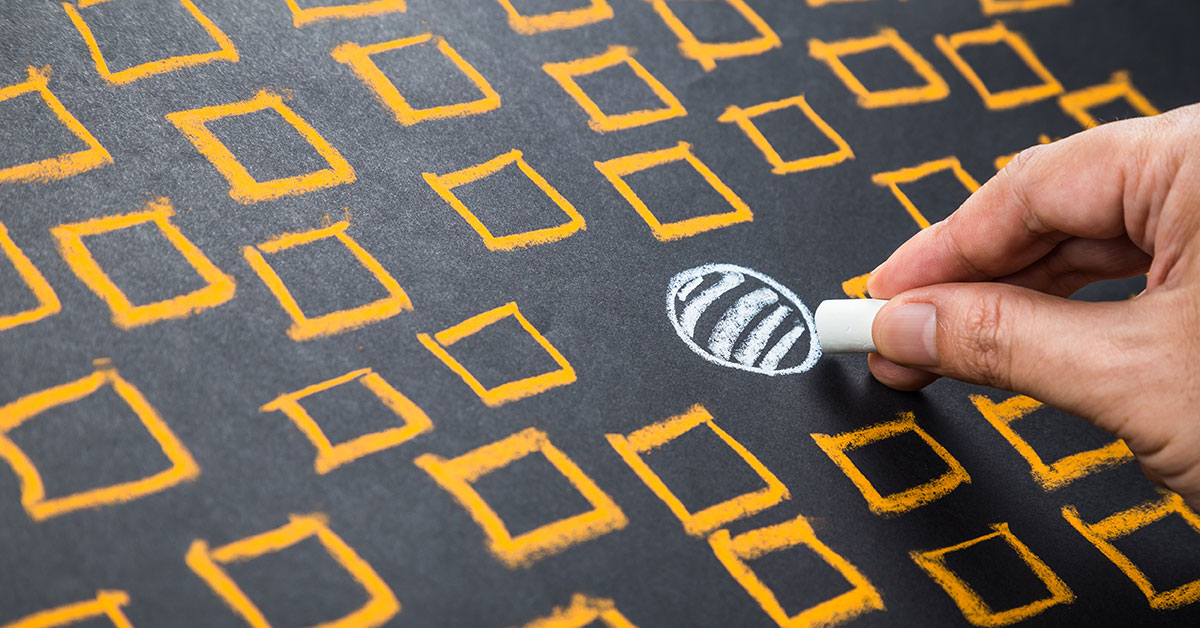The other day my colleagues and I attended a summer camp where we encourage students to think creatively. At least, that’s the simple version of what we did. The actual activity was a little more complicated. It all started with a challenge: students needed to build a device that would prevent a water balloon from popping when dropped from a tall height. The students were given a variety of material and 8 minutes to bring their idea to life.
Needless to say, the project was a lot of fun. It encouraged student collaboration and critical thinking, but most of all, it sparked their creativity. It seemed impossible that some of the gizmos they constructed would ever work – and yet they did! The entire event served to remind me of the power of creativity. When we let student imagination take the lead, there is no telling what can be accomplished.
Creativity in the Classroom
Of course, not every teacher has the time or materials to orchestrate a water balloon drop in their own classroom. Sometimes it can feel like it takes all our time and resources just to help students pay attention. But you don’t need a big budget or lots of flashy accessories to help students discover their innate creativity. Here are just a few simple ways to foster creativity in your classroom:
- Gameify Your Lesson: Board and card games have a long history of teaching students practical skills through strategy, modification, and practice. The basic elements of a game can be applied to any lesson: there’s an objective you’re trying to reach, some sort of obstacle in the way, and a visual representation of your progress. This gaming strategy can help students think outside the box as they try to achieve their goal.
- Provide Student Choice: Learning doesn’t have to be a linear experience. Simply provide students with more room to explore. If the assignment is to present data to the class, let them choose the method of presentation. Allow them to experiment with different types of graphs. Let them choose a topic they’re passionate about if assigned a paper. When choice is added, students will apply and present their information in ways you never expected.
- Structure with Stories: Every story needs a beginning, a middle, and an end. They need characters and a conflict to drive each phase. When preparing for a lesson, look over the information and see if you can’t incorporate it into a story. Can the chemicals you’re using double as characters in a narrative? Tie a moment in history to modern day events. Present mathematical formulas as riddles to your protagonist. Spin a good enough tale, and students will be hanging on your every word!
- Reflect Journals: A practical approach to creativity is having students keep a journal. Have them write down any ideas they might have after a lesson. Later, take time to review these thoughts together as a class. These ideas may not lead anywhere, but by prompting students to think past the standard notes, you’re helping them to consider what else is possible.
Going Forward
I hope you found these strategies helpful. If you’d like to set up an engaging science experience that ignites student creativity, be sure to check out the field trips and science experiences available at VAI. By working together, we can help students think outside the box and reach for incredible discoveries we never thought possible. All it takes is a dash of creativity.

